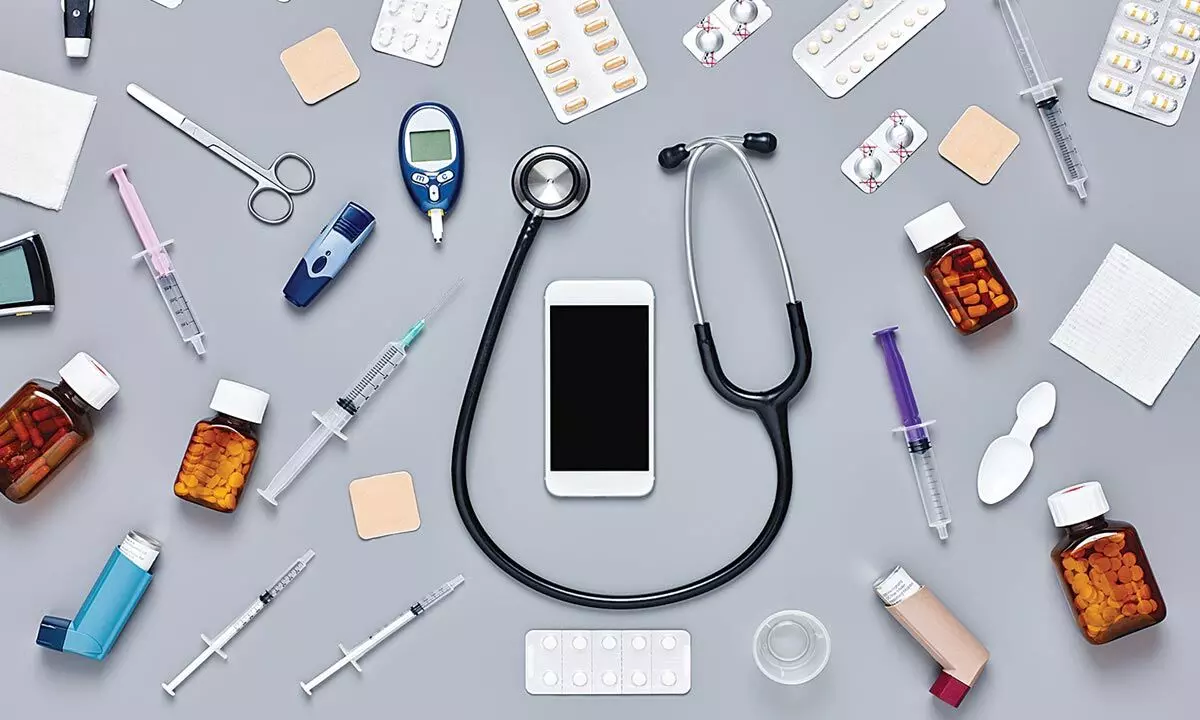PLI scheme covering investment into clinical trials is a good augury
Revised guidelines will be immensely beneficial to country’s medical devices industry
image for illustrative purpose

In case of in-house consumption of an eligible product by the applicant, the net sales of eligible products shall mean the actual cost of production of the said product, as certified by a cost accountant, who is a member of the Institute of Cost Accountants of India
In a welcome step to promote investment in the medical devices sector, the Department of Pharmaceuticals (DoP), under the Union Ministry of Chemicals & Fertilizers, recently revised the guidelines for Production Linked Incentive (PLI) scheme for medical devices to include investment into clinical trials in eligibility criteria.
As per the revised guidelines, the cost incurred by the applicant, towards clinical trials of eligible products in India, shall be eligible for investment. However, this will be capped at a maximum of 10 per cent of committed investment for an approved applicant, irrespective of capitalised or not, in the books of accounts. The revised guidelines will make the cost incurred by the applicants towards clinical trials of eligible products in India as an investment determining the eligibility to be selected under the scheme, though it would be capped at a maximum of 10 per cent of committed investment. It has also changed the provisions related to investment required for determining the eligibility of the applicant for the scheme, mandating that for those who apply for incentives in the fourth round of invitations from the DoP, the eligibility would be based on the investment made on or after April 1, 2021, in comparison to the previous rounds where investments made on or after April 1, 2020 were considered.
The DoP has now invited applications from eligible companies for the Category B of devices, implementing the revised guidelines and investment timelines. In order to make the process transparent and to arrive at the correctness and reasonableness of such claims of expenditure, a two-member committee nominated by the Drugs Controller General of India (DCGI) will examine such claims and recommend to the Project Management Agency (PMA) to arrive at a final admissible amount.
While computing the incentive applicable for the selected applicants, the revised guideline adds provisions related to in-house consumption of eligible products, which was not present in the previous guidelines. The incentive applicable is calculated by multiplying the net incremental sales of eligible products with the rate of incentive. In case of in-house consumption of an eligible product by the applicant, the net sales of eligible products shall mean the actual cost of production of the said product, as certified by a cost accountant, who is a member of the Institute of Cost Accountants of India.
In case of in-house consumption of the eligible product, actual cost of production, as certified by a cost accountant, shall be considered as net sales of approved eligible product. The guideline also allows the applicant to submit claim in three months, six-months, nine months or full year period as against the clause in the previous guidelines where the applicants could only submit the claim on a half-yearly or annual basis, that is for the period of April to September and October to March or April to March.
There can be no two opinions about the fact that medical device is a growing sector in the country and its potential for growth is the highest among all sectors in the healthcare market. However, the sector suffers from a cost of manufacturing disability of around 12 per cent to 15 per cent, vis-à-vis competing economies, among other things, owing to inadequate infrastructure, domestic supply chain and logistics, high cost of finance, inadequate availability of quality power, limited design capabilities and low focus on R&D and skill development. There is, thus, a need for a mechanism to compensate for the manufacturing disability. It was against this background that he Union Cabinet on March 21, 2020 approved an expenditure of Rs. 9,940 crore and Rs. 3,420 crore for APIs and medical devices, respectively, under the PLI scheme. Meanwhile, the PLI scheme for promoting domestic manufacturing of medical devices will have financial implications of Rs. 3,420 crore for the next five years. The scheme aims to boost domestic manufacturing by attracting large investments in medical device sector. Moreover, incentive at the rate 5 per cent of incremental sales over base year 2019-20 will be provided on the segments of medical devices that are identified.
Under the sub-scheme for promotion of medical device parks, common infrastructure facilities would be created in four medical device parks, which is expected to reduce manufacturing cost of medical devices.
The DoP had earlier notified guidelines for the PLI MD scheme on July 18, 2020 and revised it on October 29, 2020 and against on August 18, 2022. The fourth round of applications was invited based on the guidelines issued on August 18, 2022. Of course, the recent revised guidelines to include investment into clinical trials in eligibility criteria for the scheme will prove to be a tailwind for the scheme.
(The author is freelance
journalist with varied experience
in different fields)

